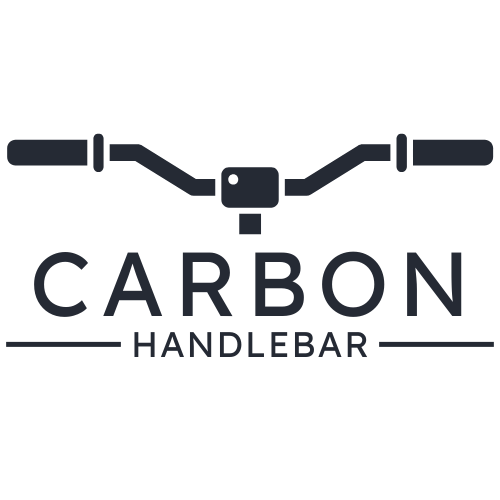When upgrading your bike, one of the most impactful changes you can make is switching to carbon handlebars. Known for their lightweight and stiffness, carbon handlebars can significantly enhance your riding experience. However, ensuring that your new handlebars are compatible with your existing stem is crucial for safety and performance. This article will guide you through the key factors to consider when matching carbon handlebars to your bike’s stem.
1. Understand the Types of Stems Available
Before diving into compatibility, it is essential to understand the two primary types of stems: threaded and threadless.
- Threaded Stems: Common on older bicycles, these stems screw into the fork’s steerer tube. They are less common in modern applications, especially with standard bike builds, but it’s crucial to be aware of if you’re working with a vintage frame.
- Threadless Stems: These are the standard for most contemporary bikes. They clamp onto the steerer tube and provide more adjustability in terms of height and angle, which can help optimize your riding position.
2. Check the Diameter of the Handlebar
Carbon handlebars typically come in two standard diameters: 25.4mm and 31.8mm. Measure the diameter of your new handlebars to ensure they fit the clamp of your stem. For those who are curious, some handlebars may also feature a larger diameter in the center for added strength but taper to a smaller size at the ends, so verify the measurement at the correct location.
3. Ensure the Clamp Size Matches
Once you know the diameter of your handlebars, check the clamp size of your stem. The stem clamp must match the handlebar diameter for a secure fit. Most stems designed for road bikes will likely accommodate 31.8mm, while mountain bikes may have both sizes available. Using mismatched sizes can lead to instability and potential failure during rides.
4. Verify the Stack Height
The stack height of a stem refers to its total height when installed on the bike. Assessing the stack height is vital for achieving your desired riding position since it influences your handlebar height relative to the saddle. If you prefer a more upright position, a taller stack height may be preferable.
5. Consider Extension Length
The extension length of the stem dictates how far the handlebars are positioned away from the bike. It plays a crucial role in your reach and overall fit on the bike. Ensure that the chosen extension length aligns with your comfort and riding style. Shorter stems often promote more responsive handling, while longer stems can enhance stability at high speeds.
6. Check for Compatibility with Frame Geometry
Bike frame geometry varies significantly between models and types of bikes. When selecting a stem, ensure it is suitable for your bike’s intended use. For example, road bikes often have shorter and more angled stems for aerodynamic performance, while mountain bikes may use longer, more upright stems for control over rough terrain.
7. Choose Quality Materials for Strength and Durability
While carbon handlebars have their advantages, the stem should also be made from quality materials to ensure a durable, strong connection. Aluminum and titanium stems can provide great performance while being lightweight and durable. Before purchasing, consider the stress that will be exerted on the stem and choose accordingly.
8. Factor in Your Riding Style
Your riding style plays a significant role in stem and handlebar compatibility. Casual riders may prefer a more relaxed position with a higher stem, whereas competitive cyclists would benefit from a setup that emphasizes aerodynamics and reach. Identify your riding style and choose components that reinforce it for maximum comfort and performance.
9. Check Manufacturer Recommendations
Always consider manufacturer compatibility when matching carbon handlebars to your bike’s stem. Different brands may have specific recommendations or requirements for proper installation. This information is often found in product manuals or directly on the manufacturer’s website.
10. Test the Setup
Once you’ve assembled your new setup, it’s crucial to test it for comfort and control. A proper fit can enhance your performance and reduce the risk of injury. Take a few short rides to evaluate how the handlebars feel and make any necessary adjustments to optimize your riding position further.
Matching carbon handlebars to your bike’s stem involves careful consideration of multiple factors including stem type, handlebar diameter, clamp size, stack height, extension length, and frame geometry. By thoroughly evaluating these aspects and adhering to manufacturer recommendations, you can ensure a successful upgrade that enhances your cycling experience. Always remember to test the setup before taking on longer rides to guarantee comfort and control. Happy cycling!
